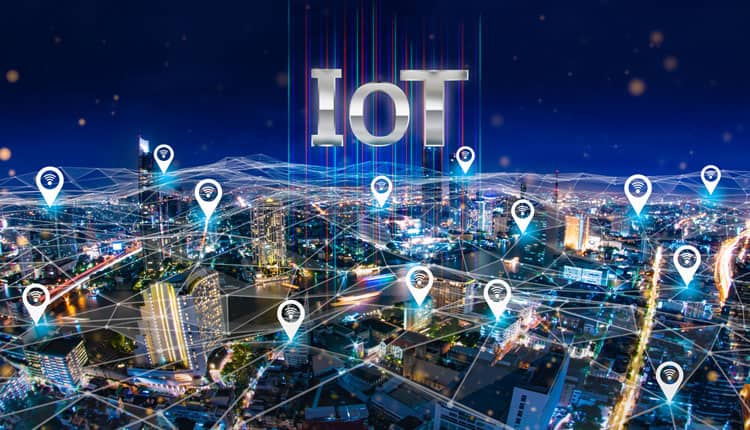By Ranjeet Koul, Vice President and Country Manager APAC &MEA at Aeris Communications
The automobile sector has always been at the forefront of innovation, pushing the limits of technology to improve the driving experience. The integration of Internet of Things (IoT) and connectivity solutions has completely changed the automotive industry in recent years. This integration has transformed the way we interact with our cars and the surrounding environment. IoT enables vehicles to connect to the internet and communicate with other vehicles, infrastructure, and external services and provide a range of benefits, including real-time traffic information, predictive maintenance, remote diagnostics, and software updates.
From advanced driver-assistance systems (ADAS) to infotainment features and remote diagnostics, these technologies are shaping the future of mobility. According to market research, the global market for automotive IoT and connectivity is experiencing remarkable growth. According to a 2023 IoT Analytics “State of IoT—Spring 2023” study, there were 14.3 billion active IoT endpoints globally in 2022, up 18% from 2021. In 2023, there is expected to be 16.7 billion active endpoints worldwide, a further 16% increase in the number of connected IoT devices. Connected cars also enhance safety features, such as automatic emergency response systems, collision avoidance, and vehicle tracking.
IoT in Automotive: A growing market in India
The adoption of IoT and connectivity solutions in the automobile industry is being fuelled by a number of important factors. First, the market has grown because of rising consumer demand for cutting-edge safety features, individualised infotainment, and seamless connectivity. IoT connectivity also improves supply chain management in the automotive industry. Connected sensors and devices track inventory, monitor production processes, and optimize logistics, leading to increased efficiency, reduced downtime, and cost savings.
This data can be utilized by insurance companies to offer personalized and usage-based insurance policies. Connected devices in vehicles can monitor driving behaviour, mileage, and other factors to determine premiums, incentivize safe driving, and provide customized coverage. Additionally, government rules requiring the integration of safety features like automatic emergency braking and lane-keeping assistance have also helped the market grow. In recent years, the automobile industry has seen a considerable rise in the market size for IoT and connectivity. The estimated value of the global market in 2020 was $23.3 billion. However, it is anticipated to expand at a compound annual growth rate (CAGR) of 22.9% over the course of the forecast period to reach an estimated value of $63.2 billion by 2025.
As technology is rapidly advancing, the integration of vehicles with smart home ecosystems, which allows users to operate house appliances like lights and thermostats from their cars, is one of the most noticeable trends. Additionally, the introduction of 5G technology is revolutionising car connectivity by enabling quicker and more dependable data transfer, enabling real-time vehicle-to-vehicle communication, and making it easier to implement autonomous driving capabilities.
Automotive manufacturers are also focusing on robust security measures to protect connected vehicles from hacking attempts and unauthorized access. This includes secure communication protocols, encryption mechanisms, intrusion detection systems and ensuring data privacy are crucial considerations for manufacturers, service providers, and users in this connected ecosystem. IoT is playing a crucial role in promoting environmental sustainability in the automotive sector. Connected vehicles can optimize energy usage, provide real-time fuel efficiency feedback to drivers, and enable intelligent charging and grid integration for electric vehicles.
This integration of technologies brings about numerous benefits, including enhanced safety, improved efficiency, personalized experiences, and new business opportunities, while also presenting challenges that need to be addressed to fully realize the potential of this technology.
Way Forward
The car industry’s IoT and connection consumption future prospects are very bright. The demand for IoT and connectivity solutions will increase as the automotive sector continues its transition to autonomous and electric vehicles. Vehicle-to-Everything (V2X) communication system development will boost traffic flow, lessen congestion, and enhance the entire driving experience. Additionally, the industry will expand as a result of the rising popularity of mobility services like ride-hailing and car-sharing.
The integration of IoT and connectivity in the automotive sector has completely changed how we interact with cars, improving convenience, safety, and the driving experience as a whole. The automobile sector is positioned for additional developments in IoT and connectivity solutions as the market is anticipated to reach major values in the upcoming years. In order to be competitive in this quickly changing market, automobile makers and stakeholders must embrace these disruptive trends as technology continues to advance.

